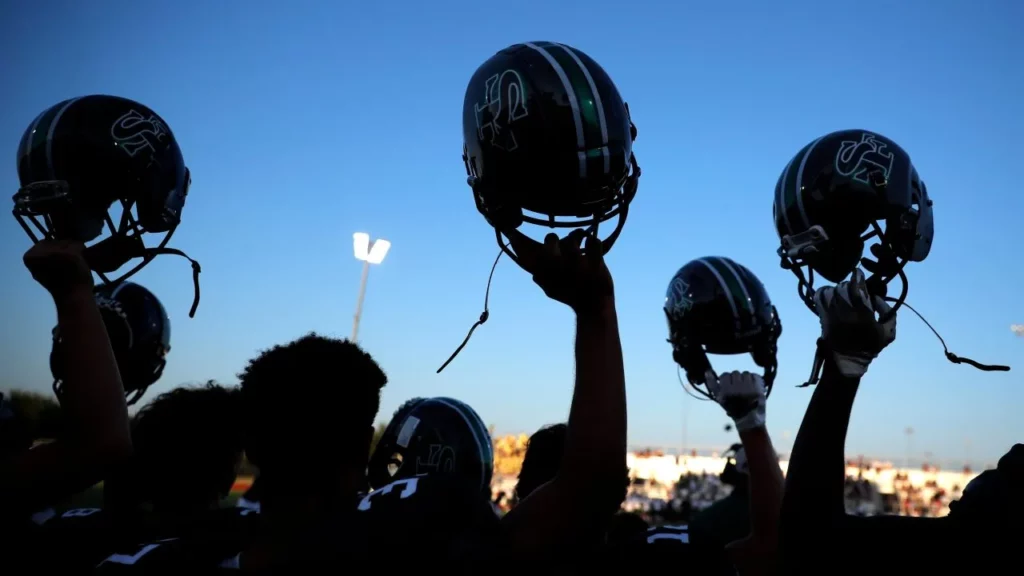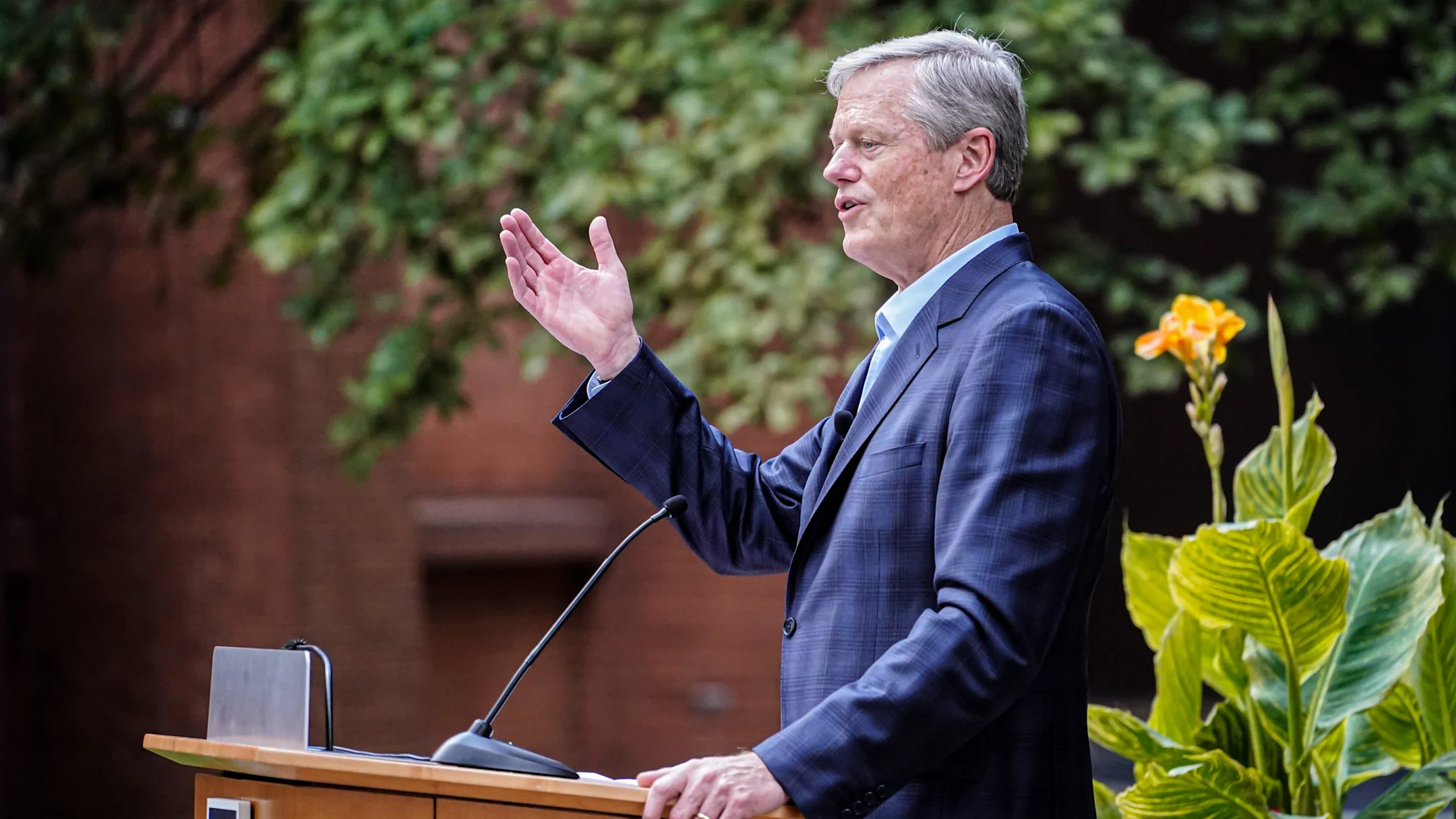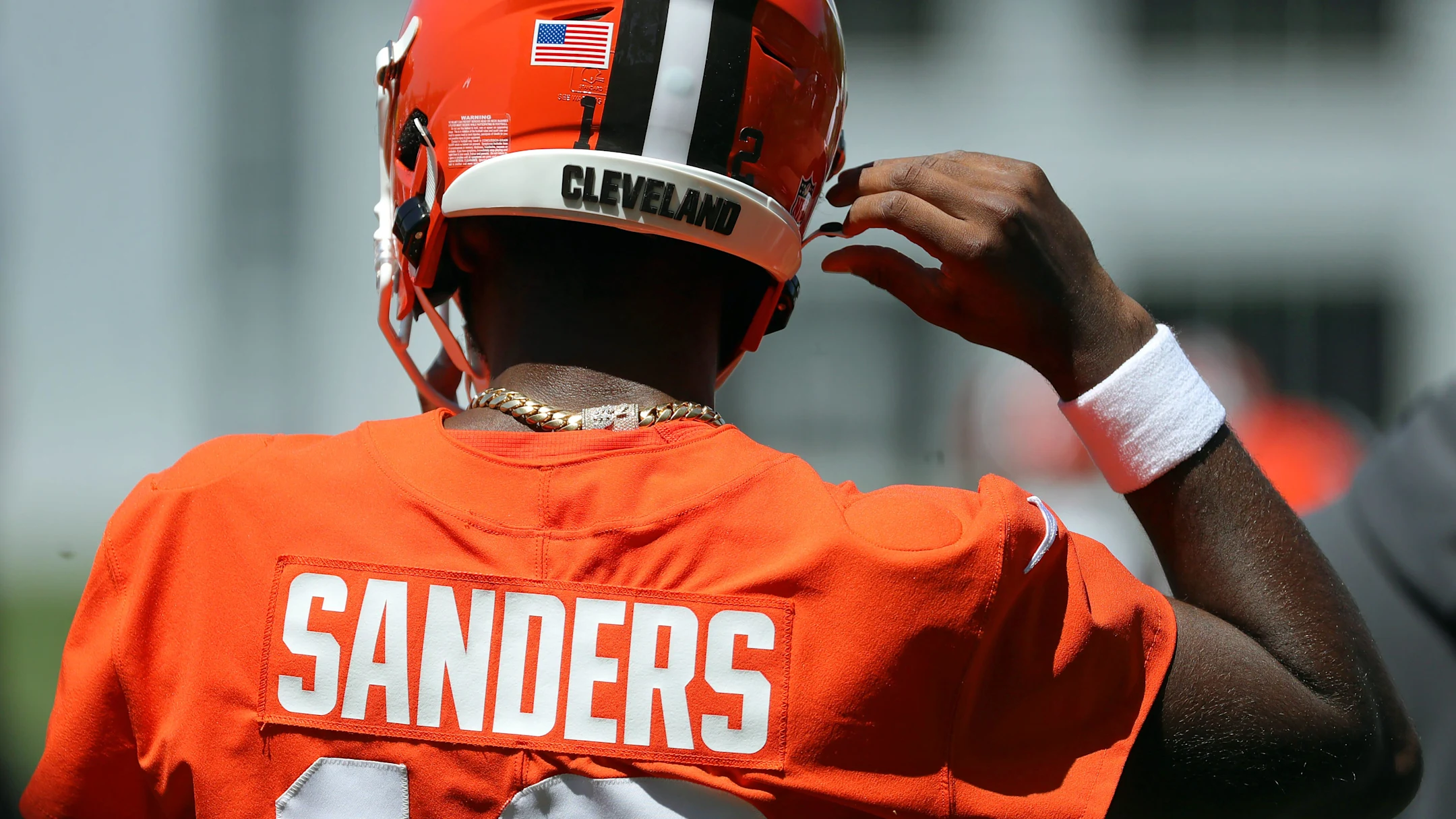THE OVERLOOKED REVOLUTION IN NIL RIGHTS: HIGH SCHOOL SPORTS

The college sports industry has witnessed significant change since the NCAA first allowed student-athletes to profit from their name, image and likeness (NIL) rights in 2021. By some estimates, college athletes are now generating just under $1 billion per year in the unevenly regulated endorsement-contract marketplace, leading to calls for Congress to enact a federal law to establish a national collegiate NIL framework.
While the emergence of NIL opportunities at the college level has garnered considerable public attention, there’s been less attention on the impact NIL is having on an even more bedrock level of athletic competition: high school sports.
Over the last two-plus years, more than half of all U.S. state high school athletic associations have begun to allow student-athletes residing within their borders to profit from their NIL, placing those high school students on somewhat equal footing with their collegiate counterparts. However, most of the state athletic associations that allow students to pursue NIL opportunities have not fully considered the meaningful differences that exist between the high school and college student-athlete populations. Nor have they worked with their state legislatures to enact the sorts of additional legal protections that this younger cohort of student-athletes requires.


